Over the past weeks, the rolling wave of street protests in Turkey, Brazil and now Egypt have increasingly highlighted the need for a socially engaged urban infrastructure that cultivates public involvement and empowerment through participatory planning practices.
At the core of these protests lies a simple message: the public has an inalienable “right to the city”. Whether environmental protests against a government-backed development plan in Gezi Park (Turkey) or calls for fair access to civic transportation (Brazil), all urban inhabitants should be able to enjoy the many economic, political, and social benefits of being in a city.
This week, the Graham Foundation in Chicago touched on the importance of community participation in an exhibition entitled Where If Not Us? Participatory Design and Its Radical Approaches. A five-year research project by architect Mathias Heyden and artist Ines Schaber, the exhibition assesses the work of seven U.S.-based community design architects/planners, including New Village Press authors Ron Shiffman, Michael Rios, and Jeffery Hou. It is also slated to feature Beyond Zuccotti Park, What We See, and Service-Learning in Design and Planning.
“The exhibition reexamines the development of the participatory design movement and provides an alternative visual strategy for better understanding the social impact of architecture and the role that it plays in building communities.”
The participatory design movement kicked off in the 1960s with the main goal of democratizing planning through community involvement. In the past five decades, thousands of projects have been under way throughout the U.S. and the world by community design centers and professionals, who advocated for the active involvement of all stakeholders in the development process.
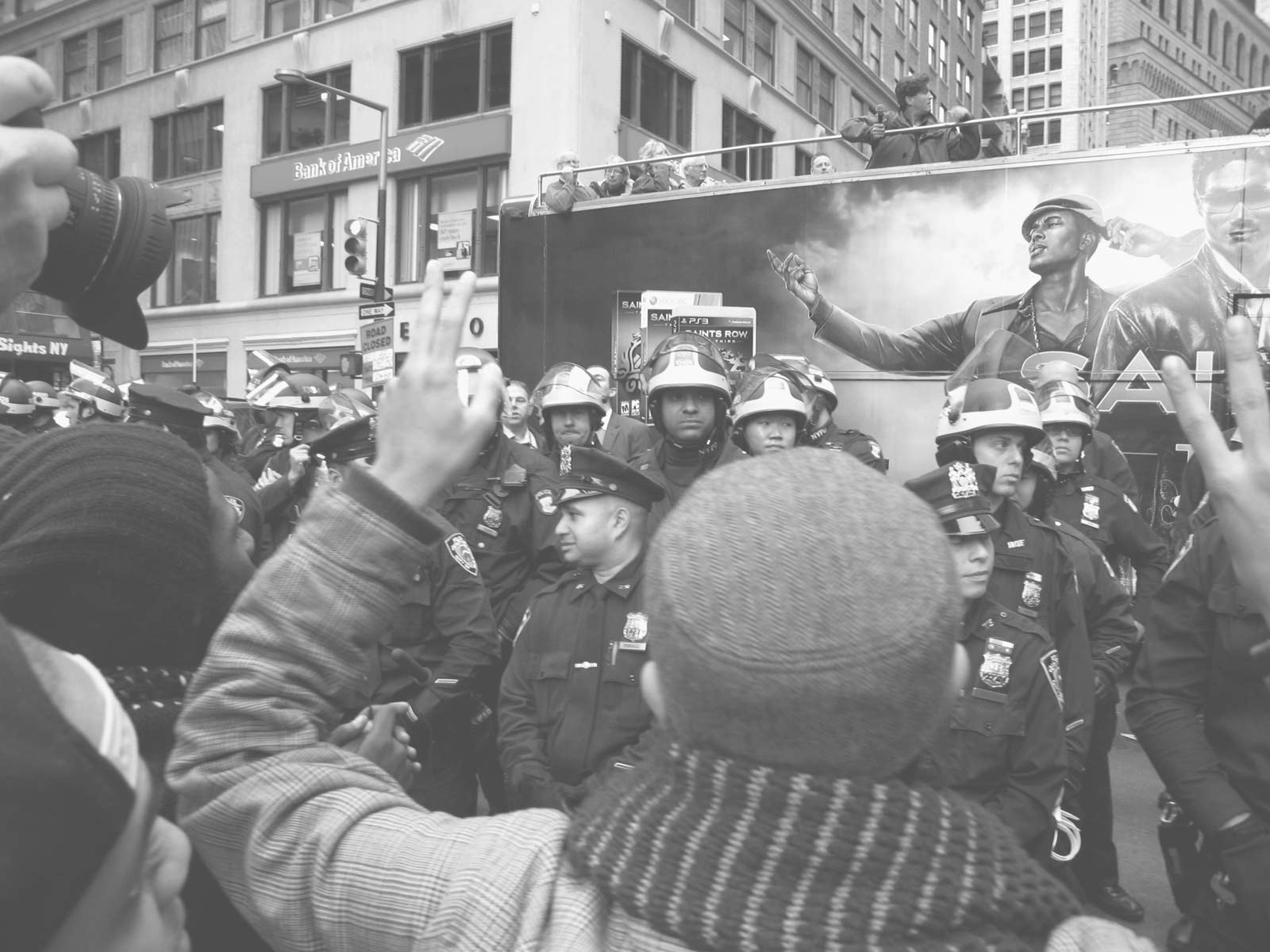
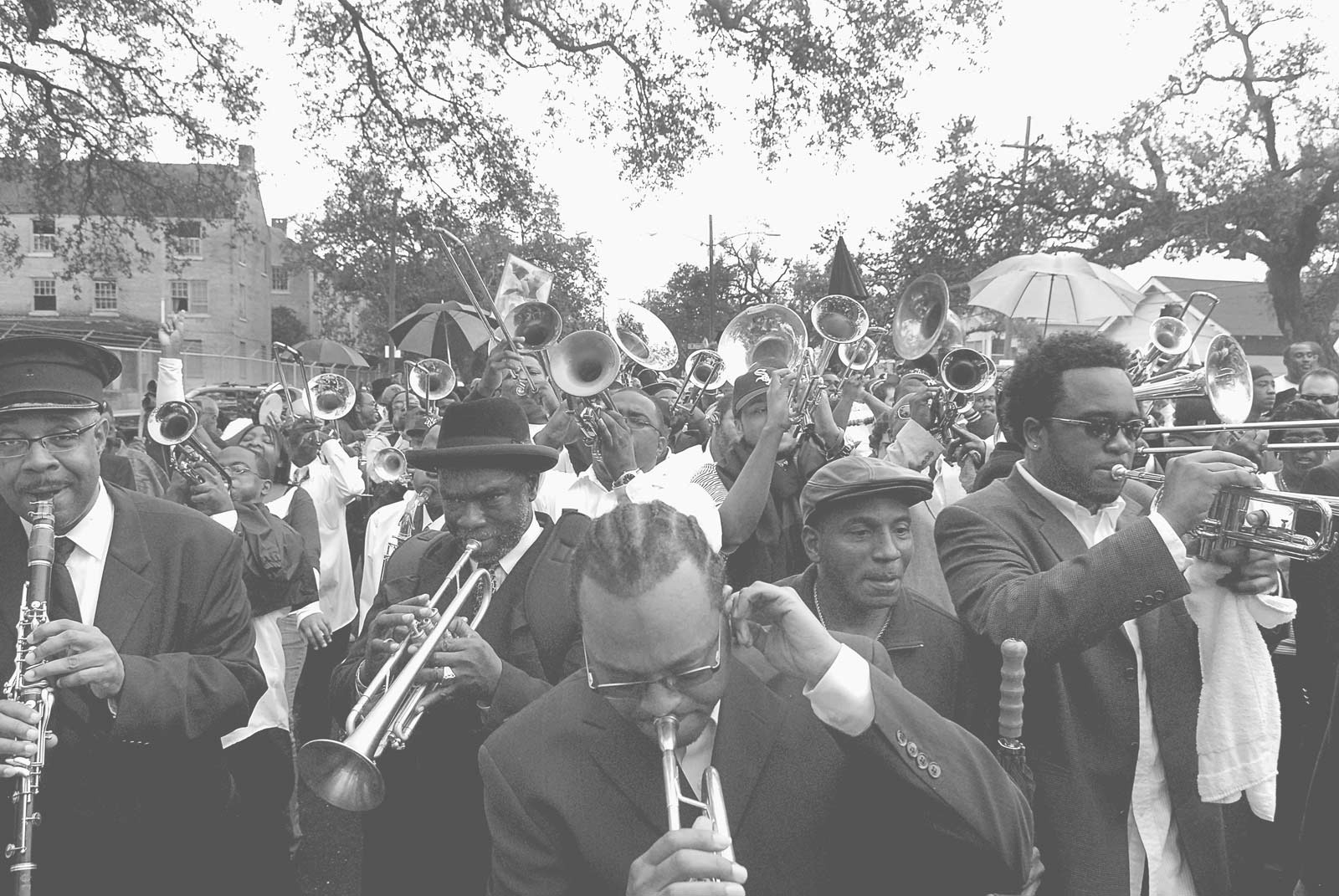
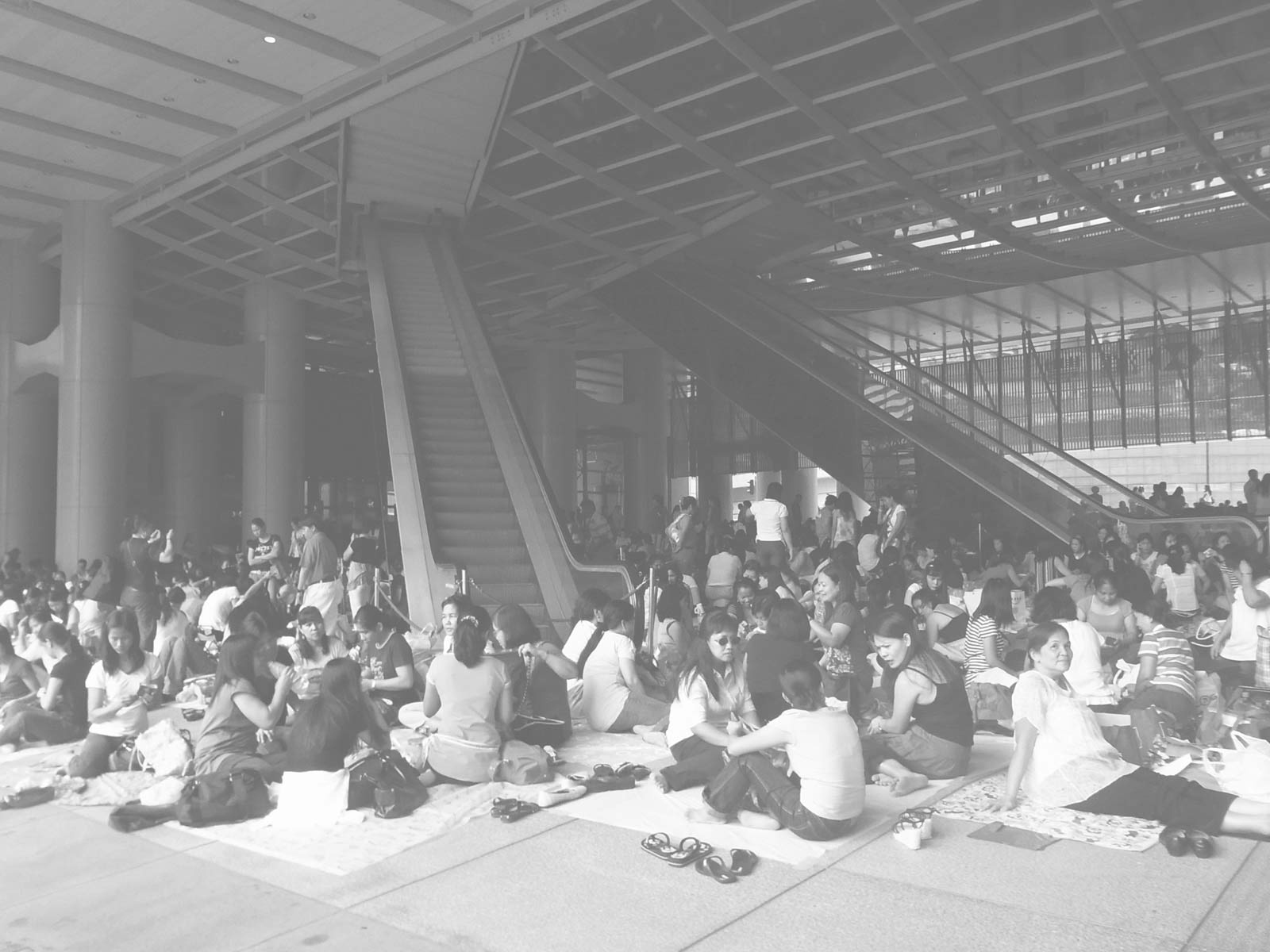
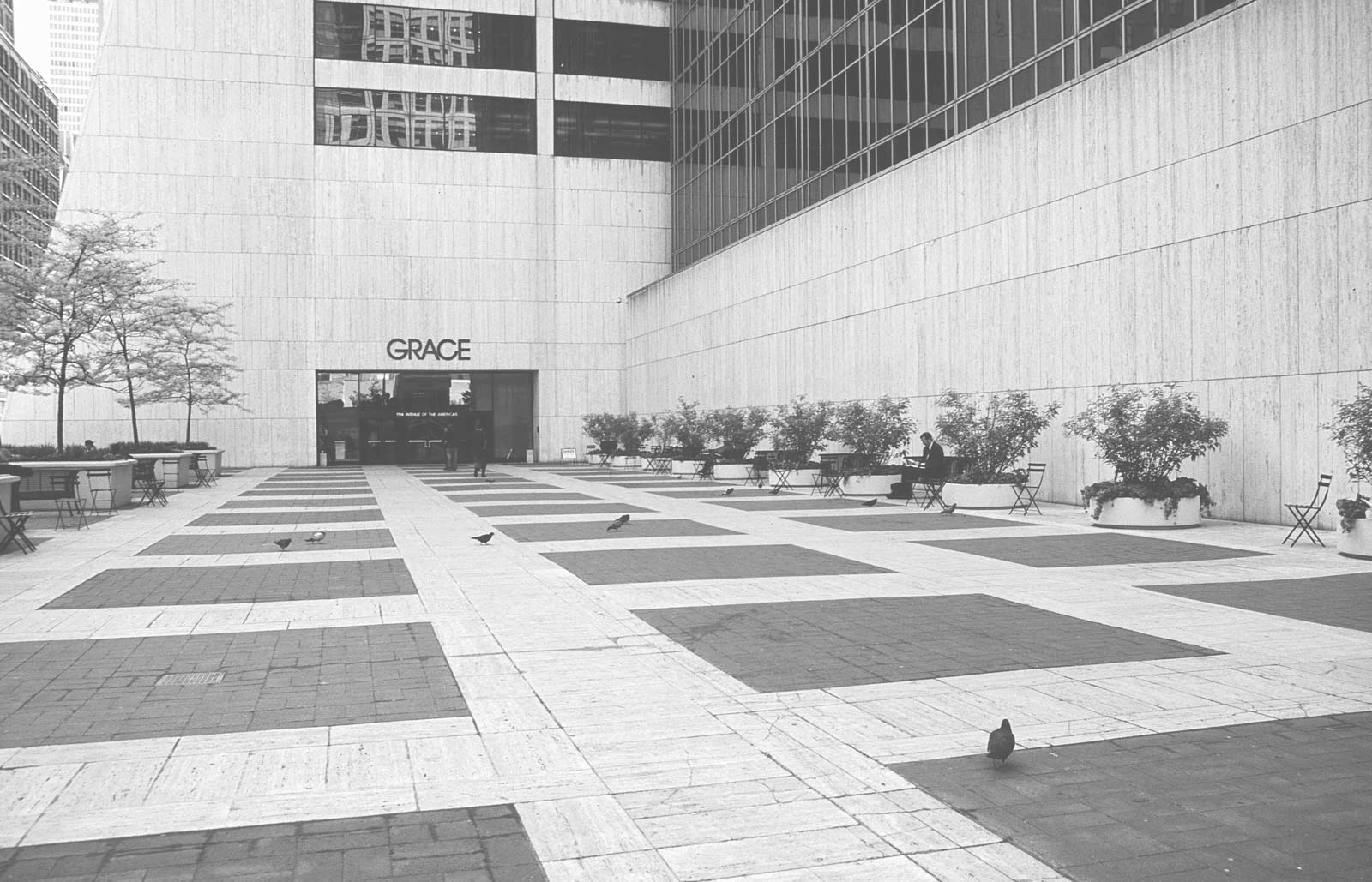
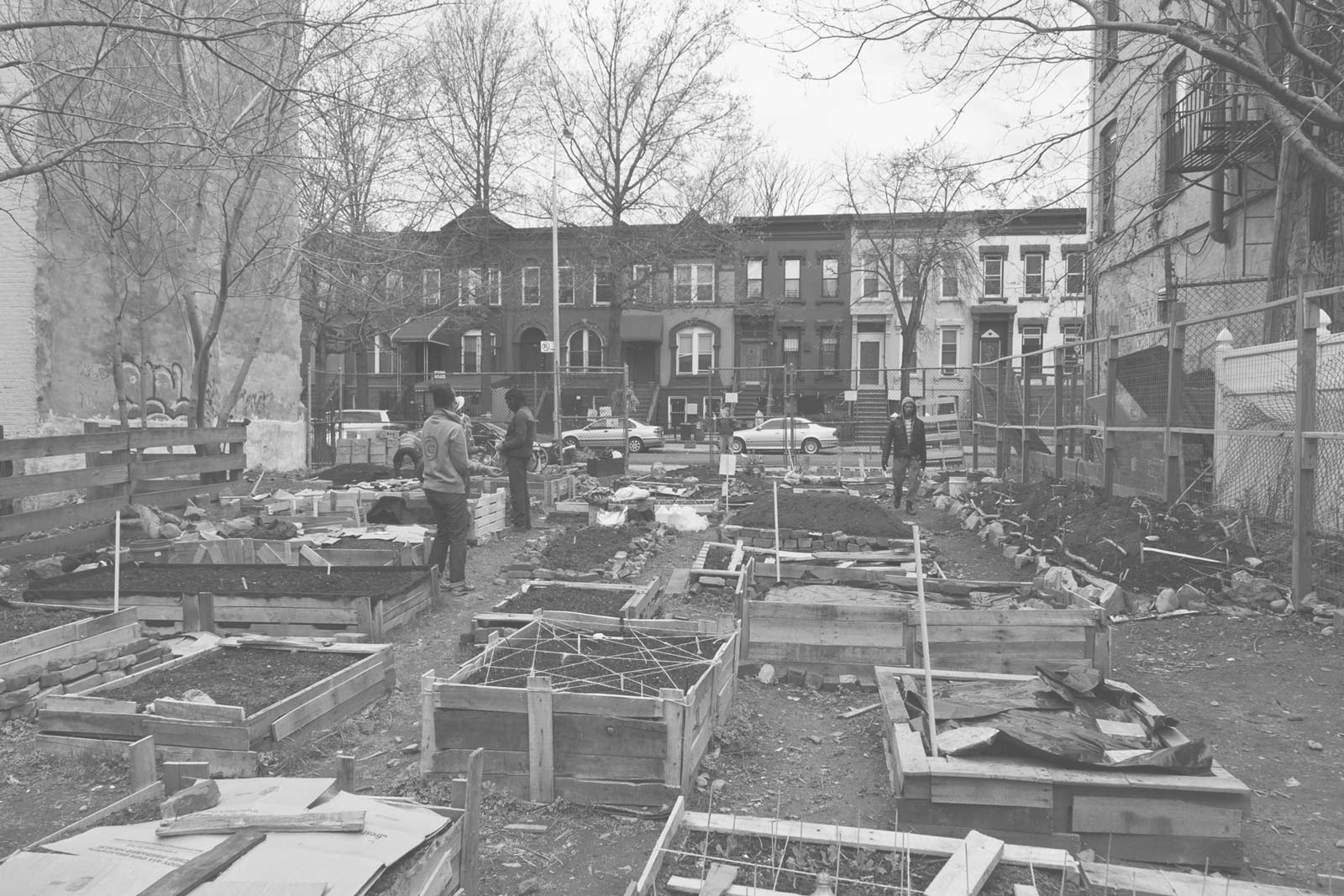
Follow Us!